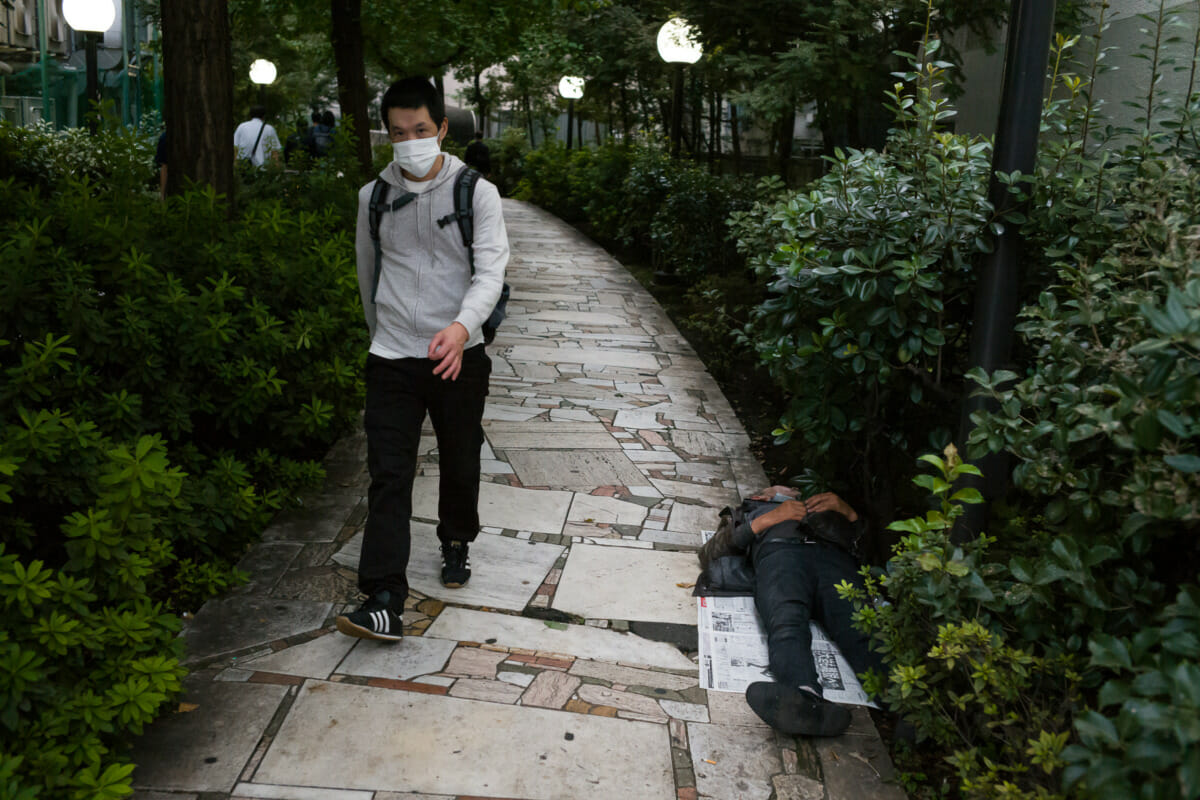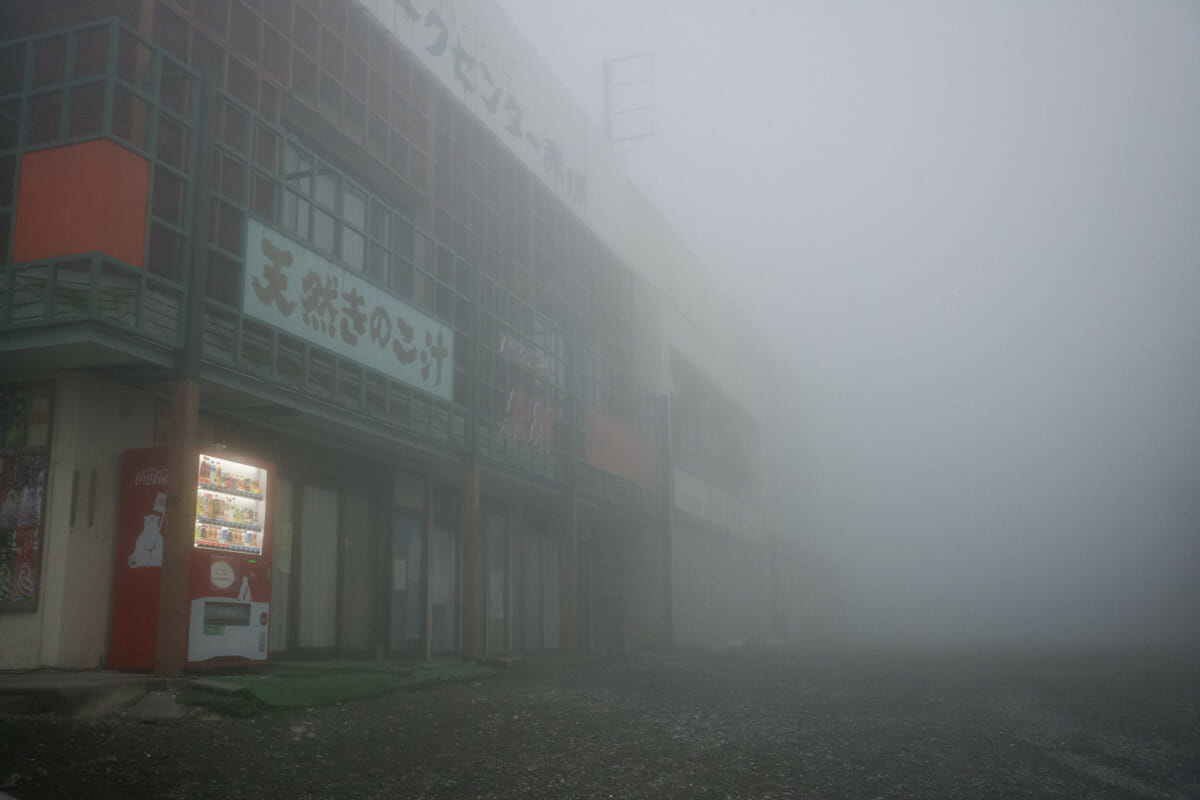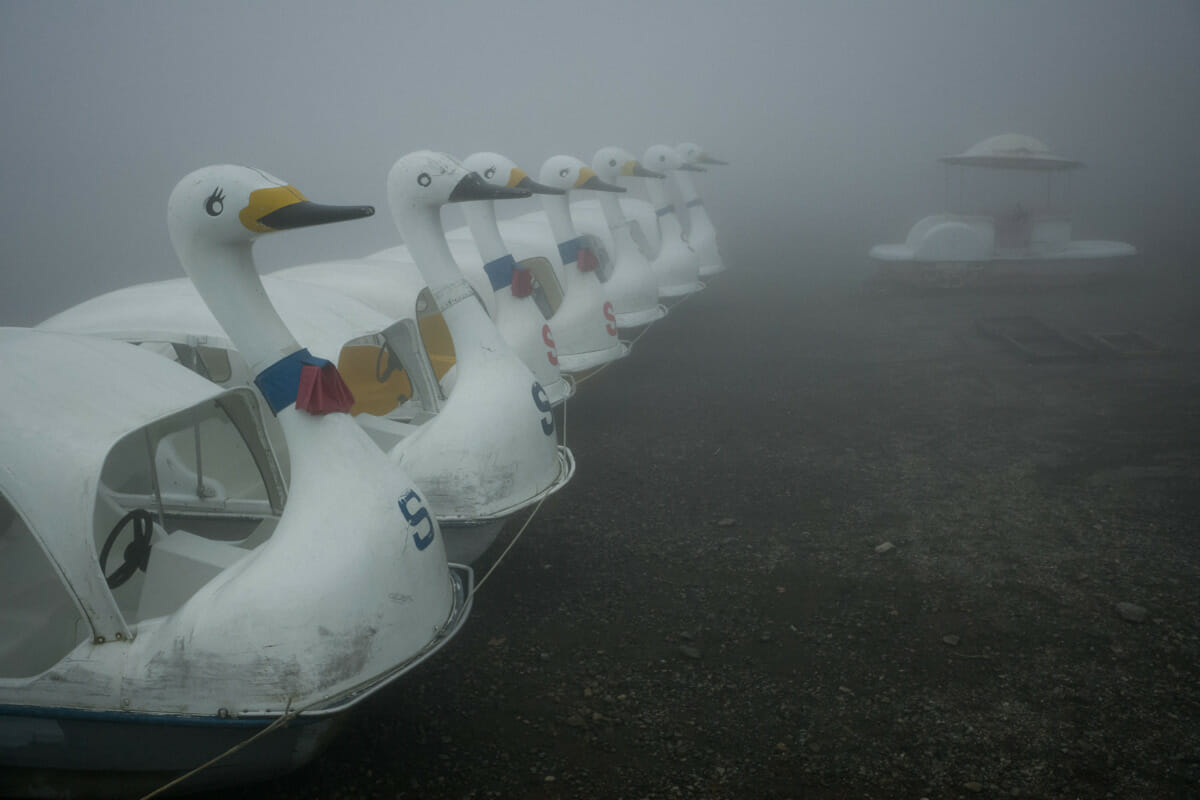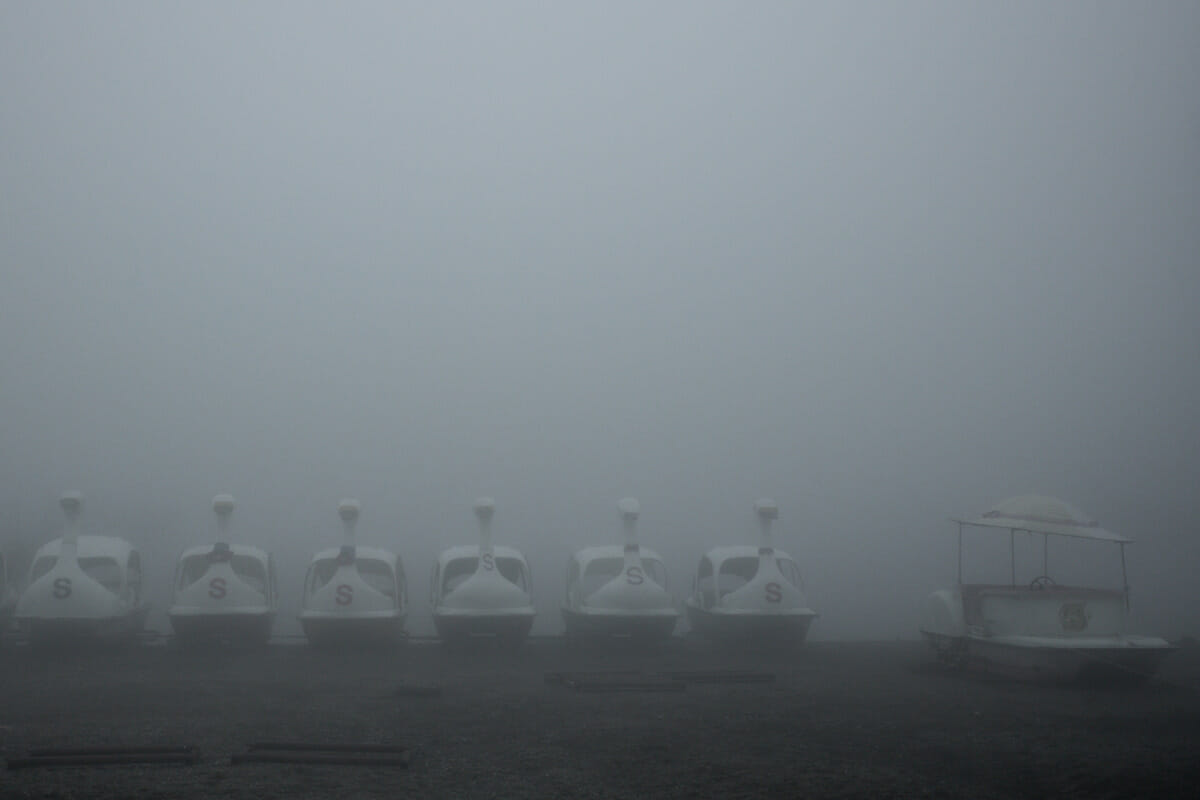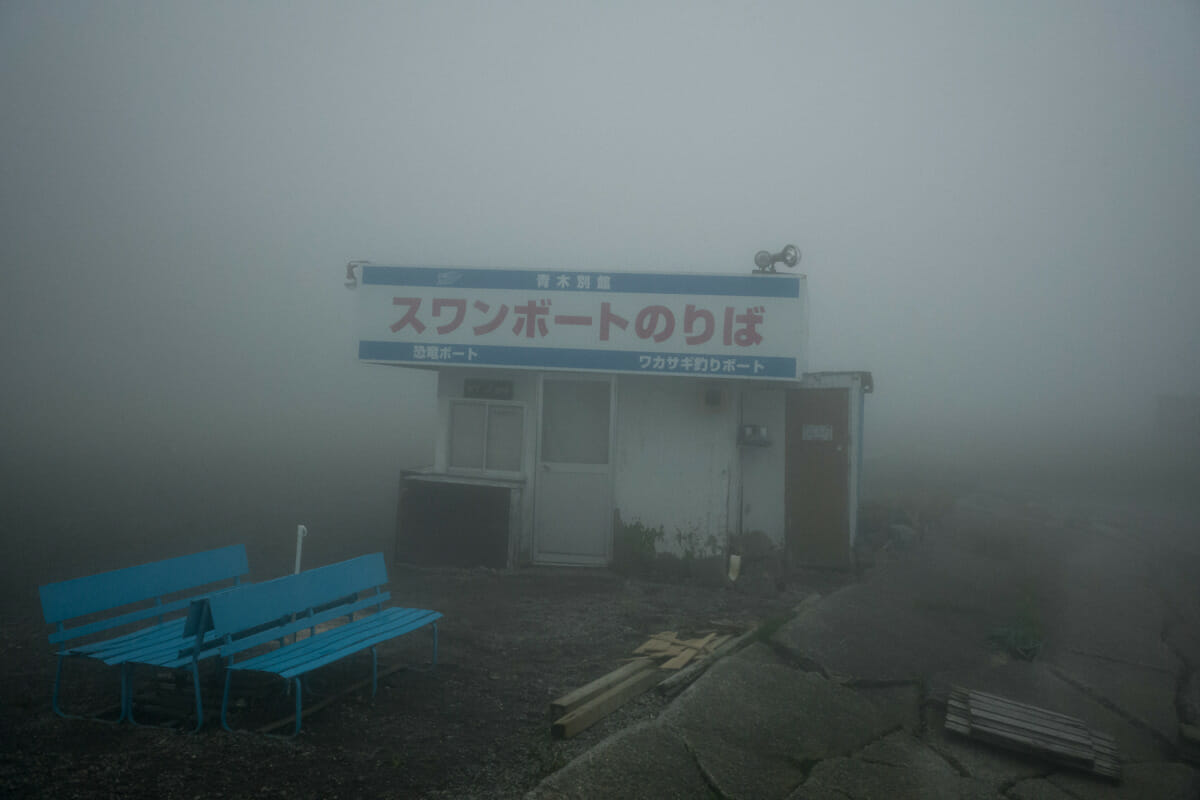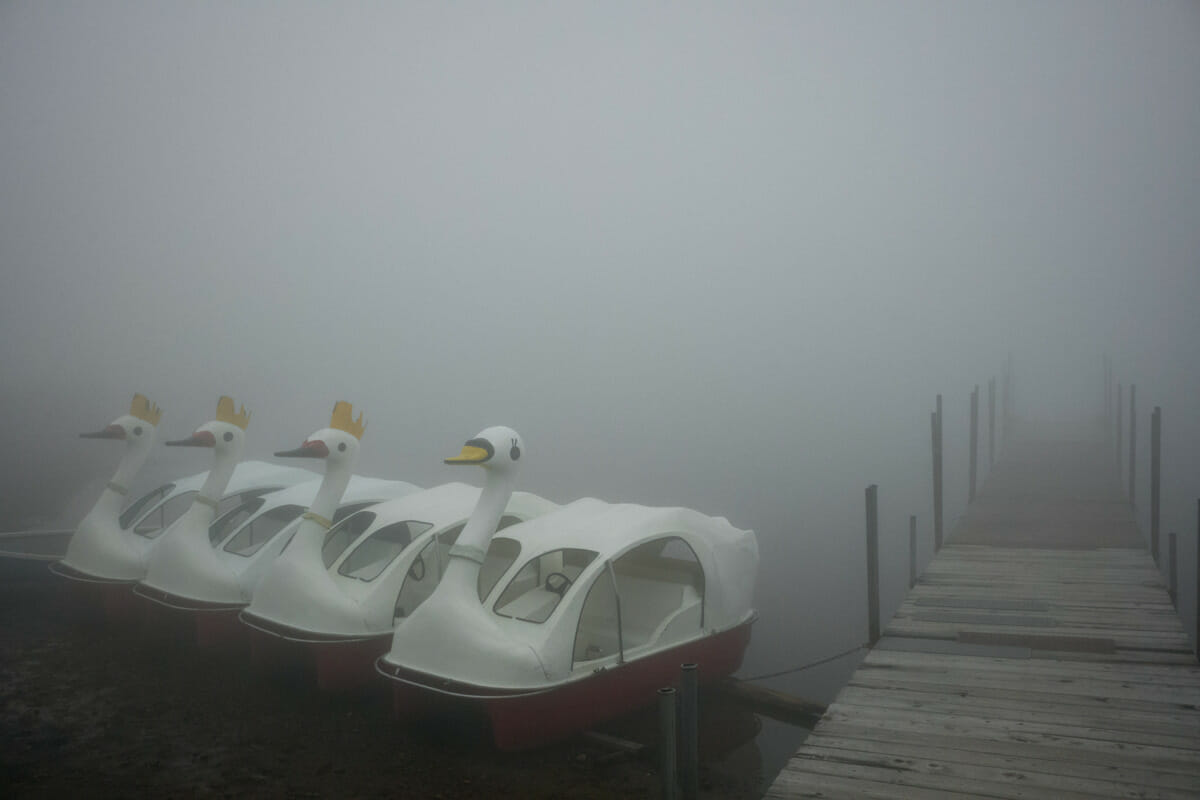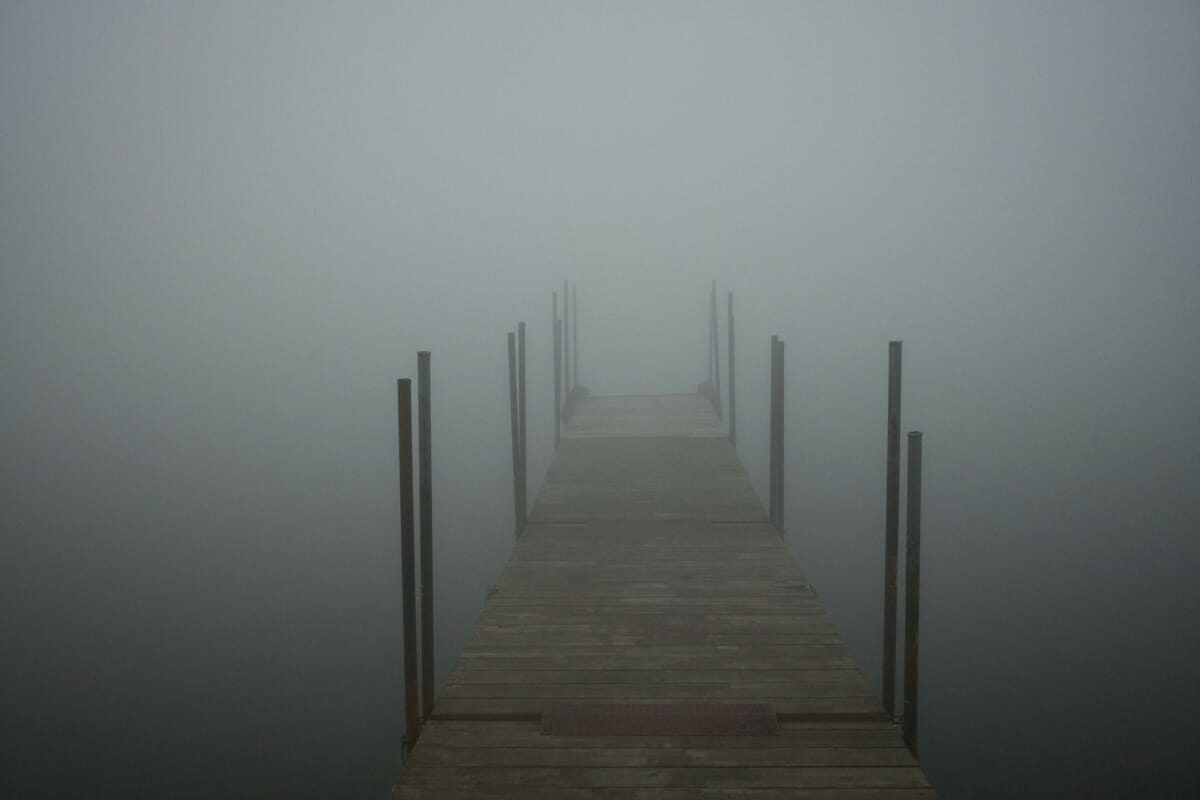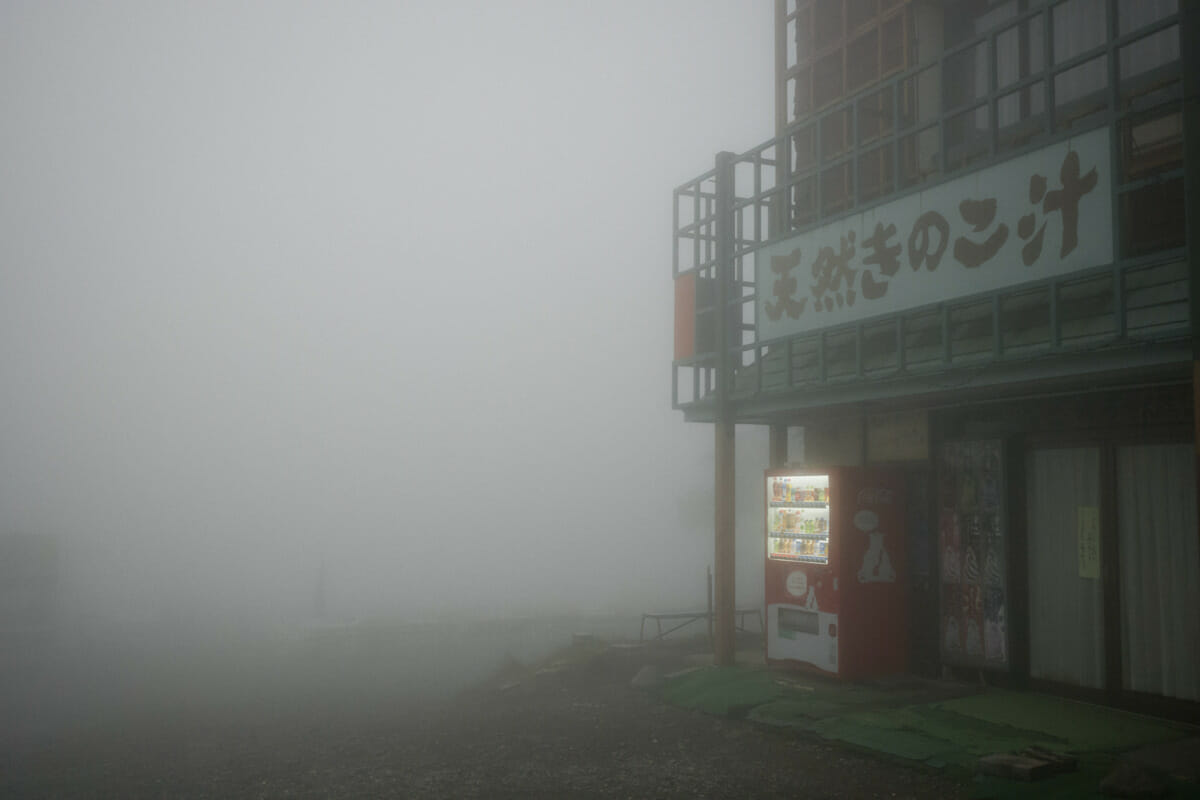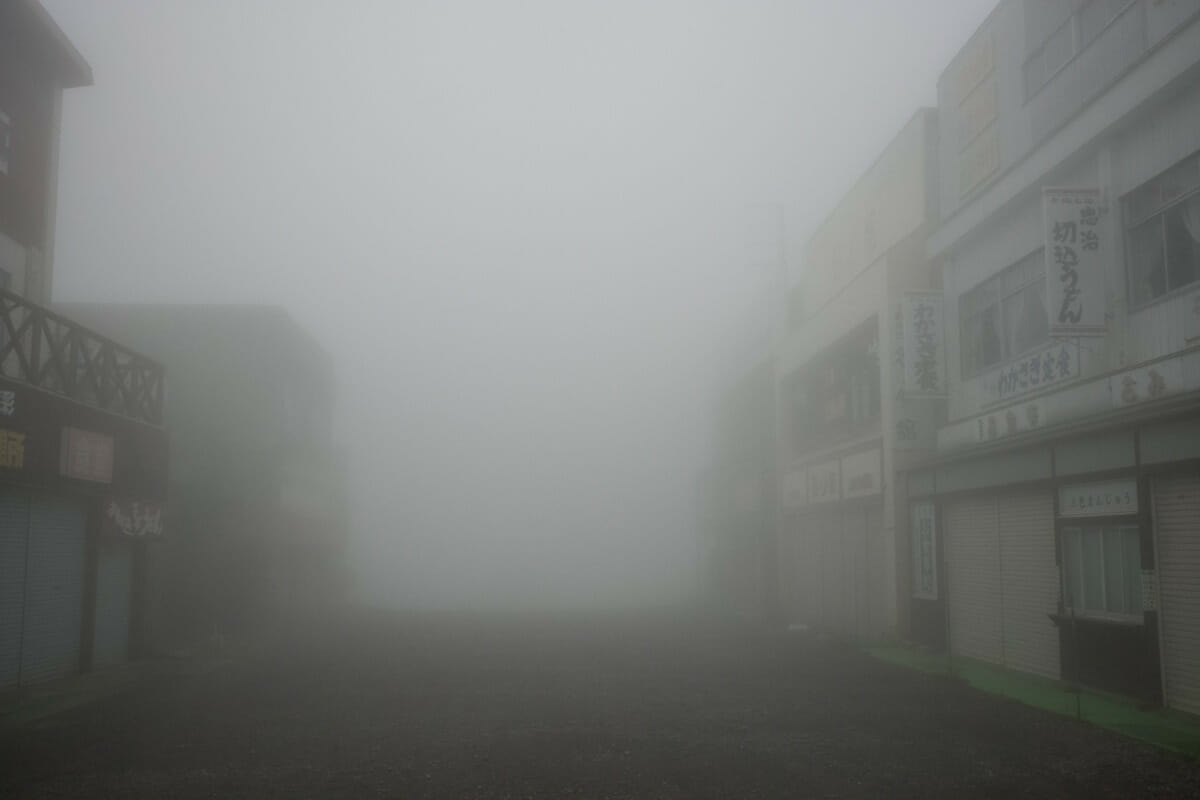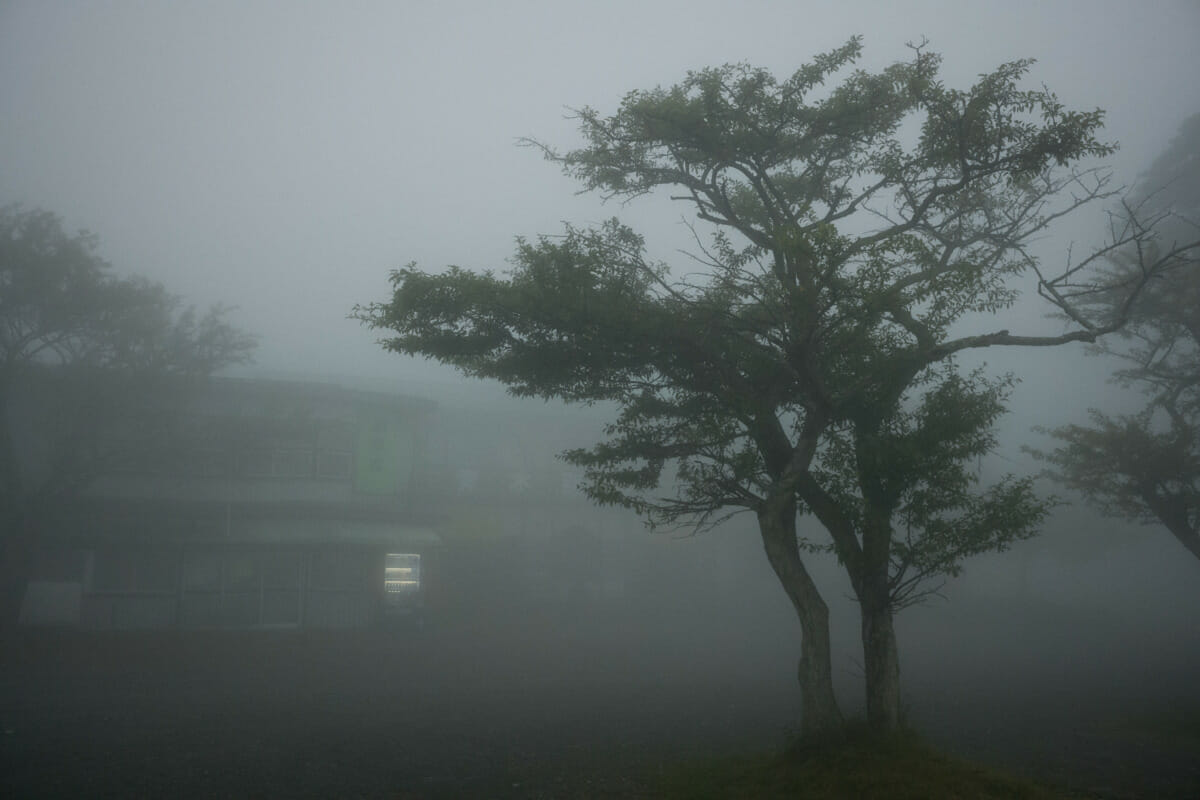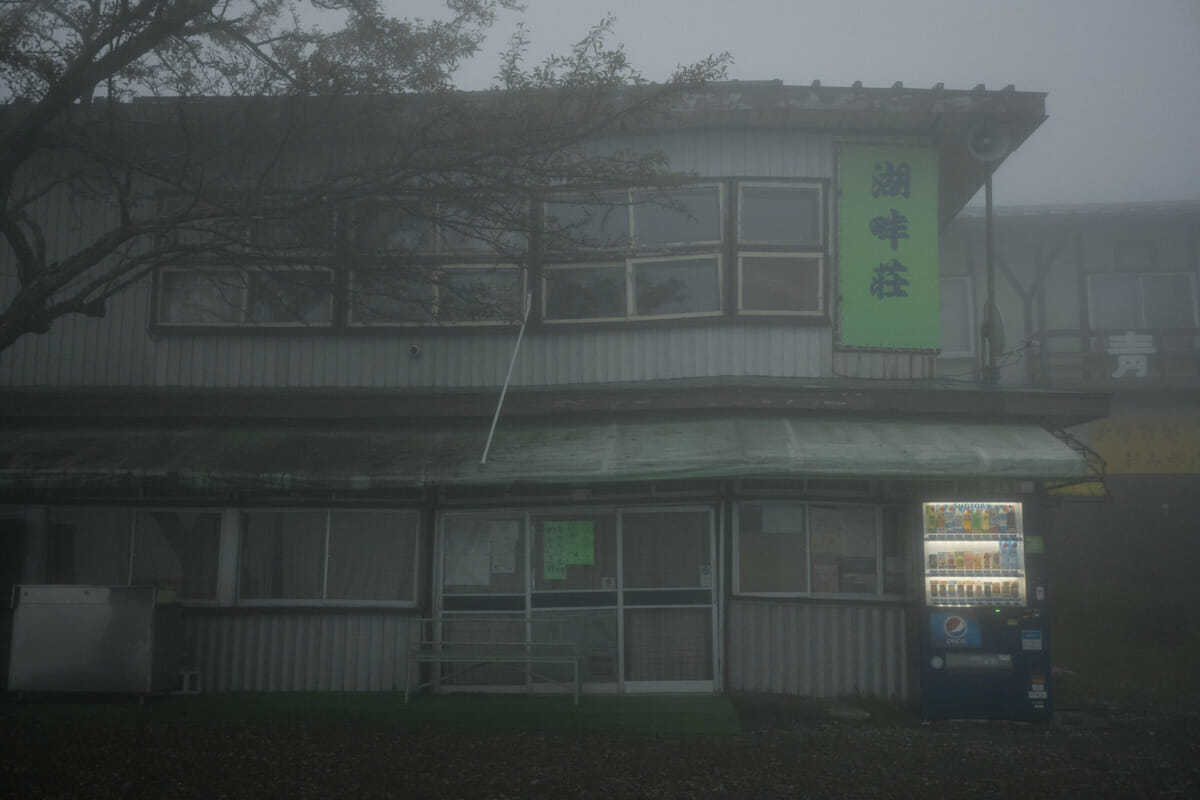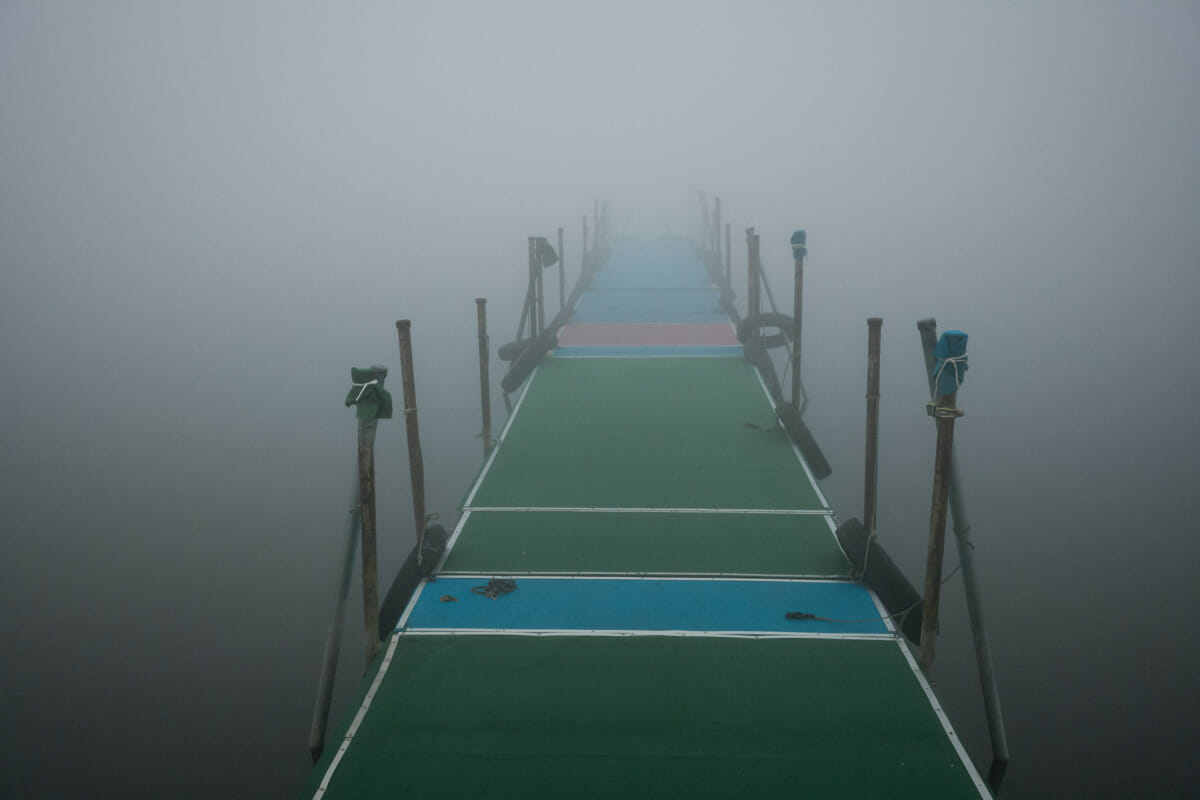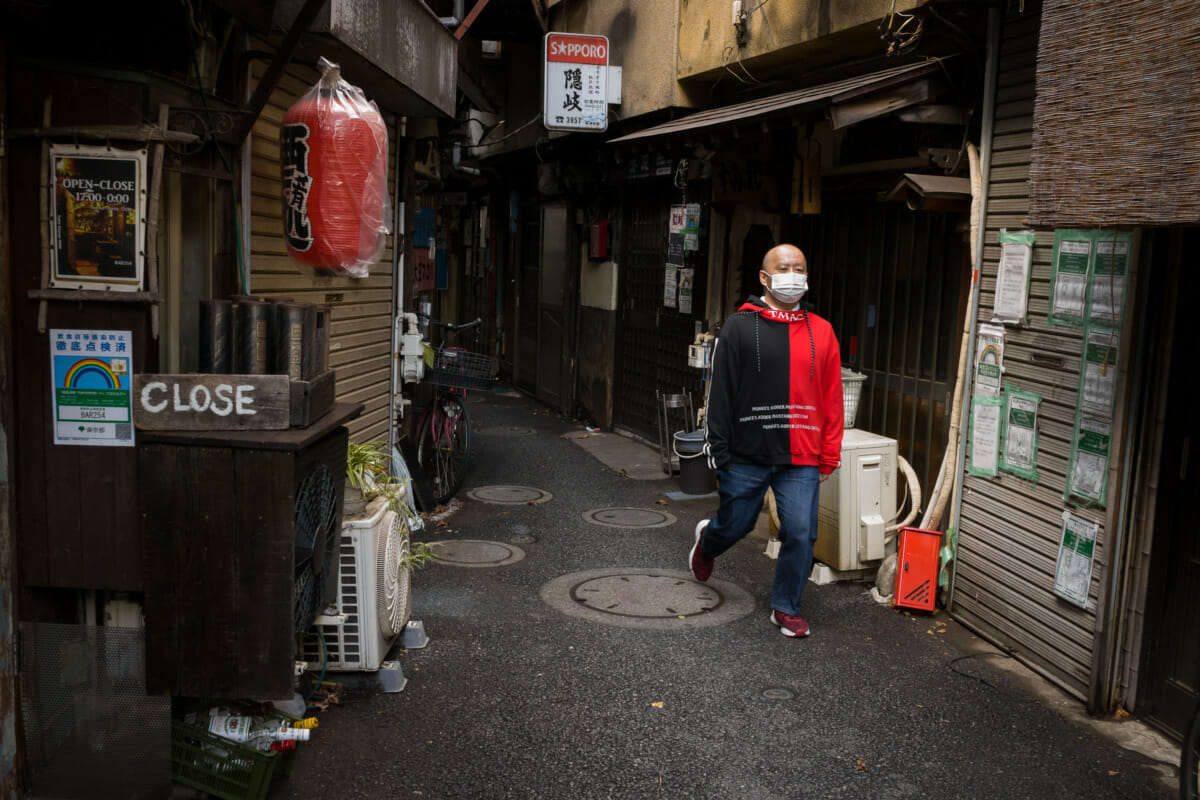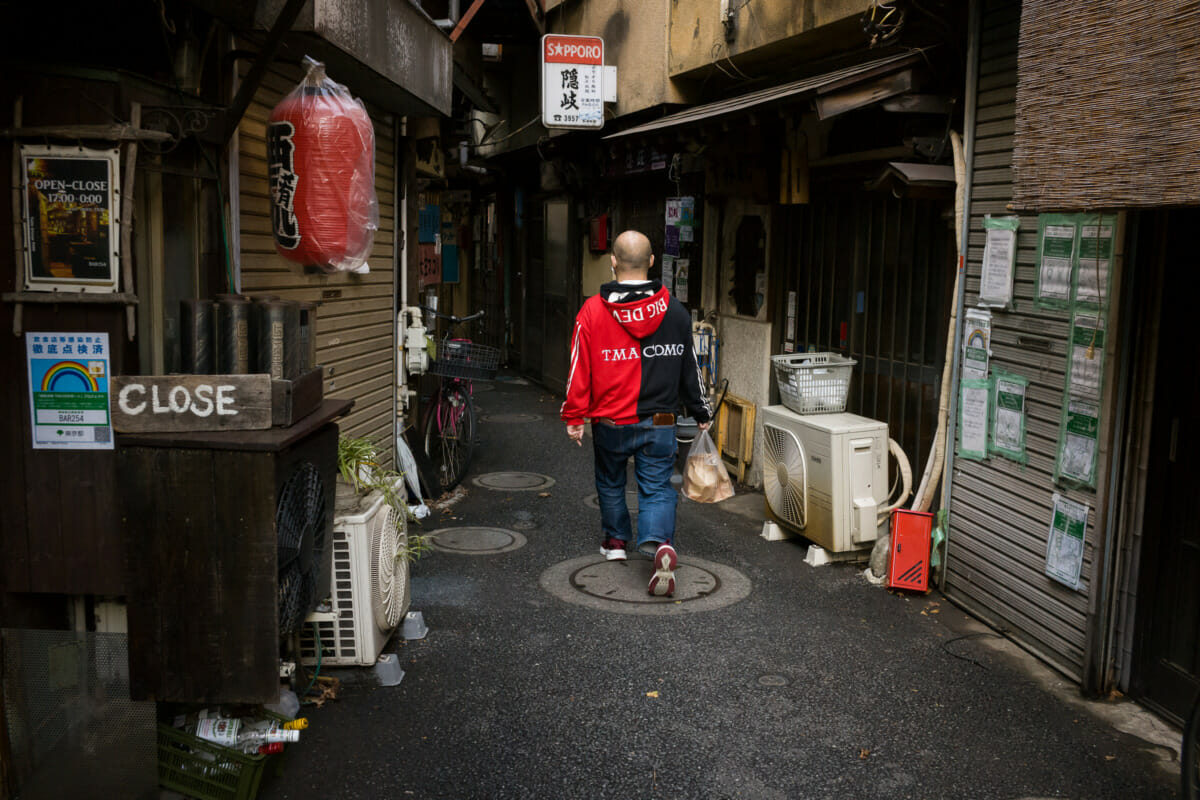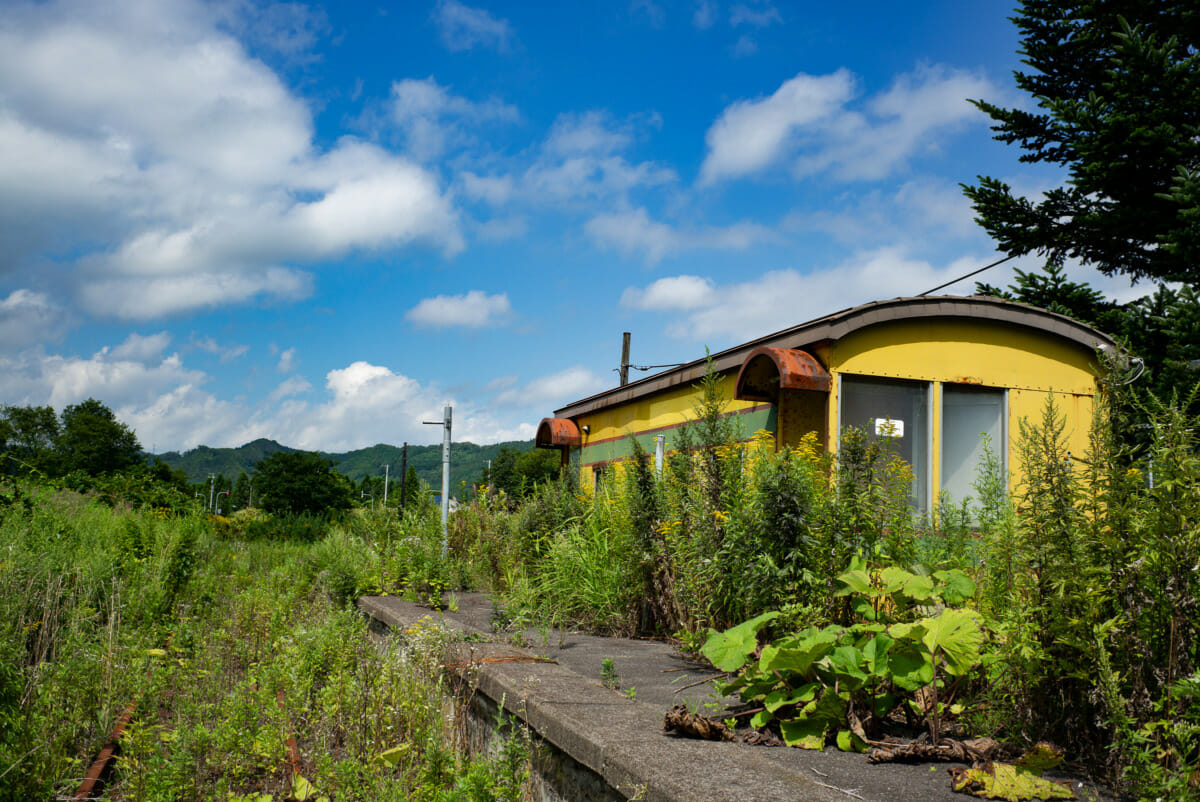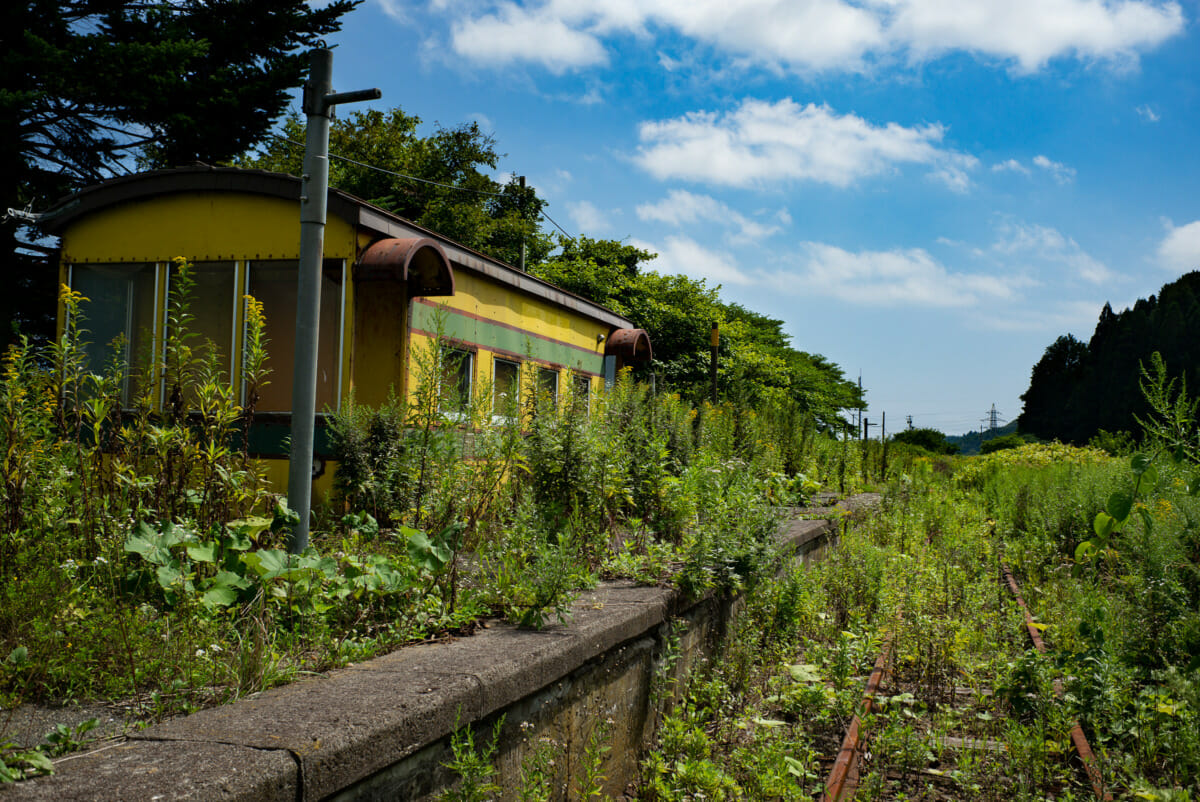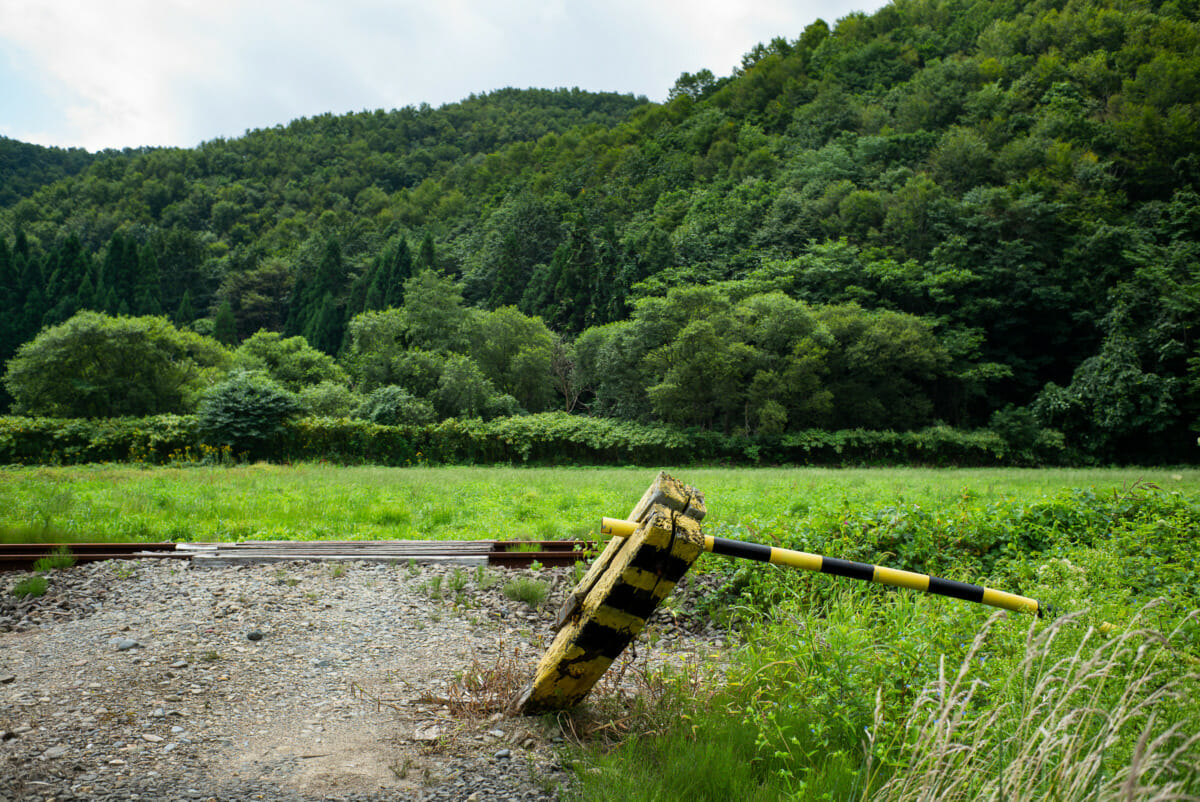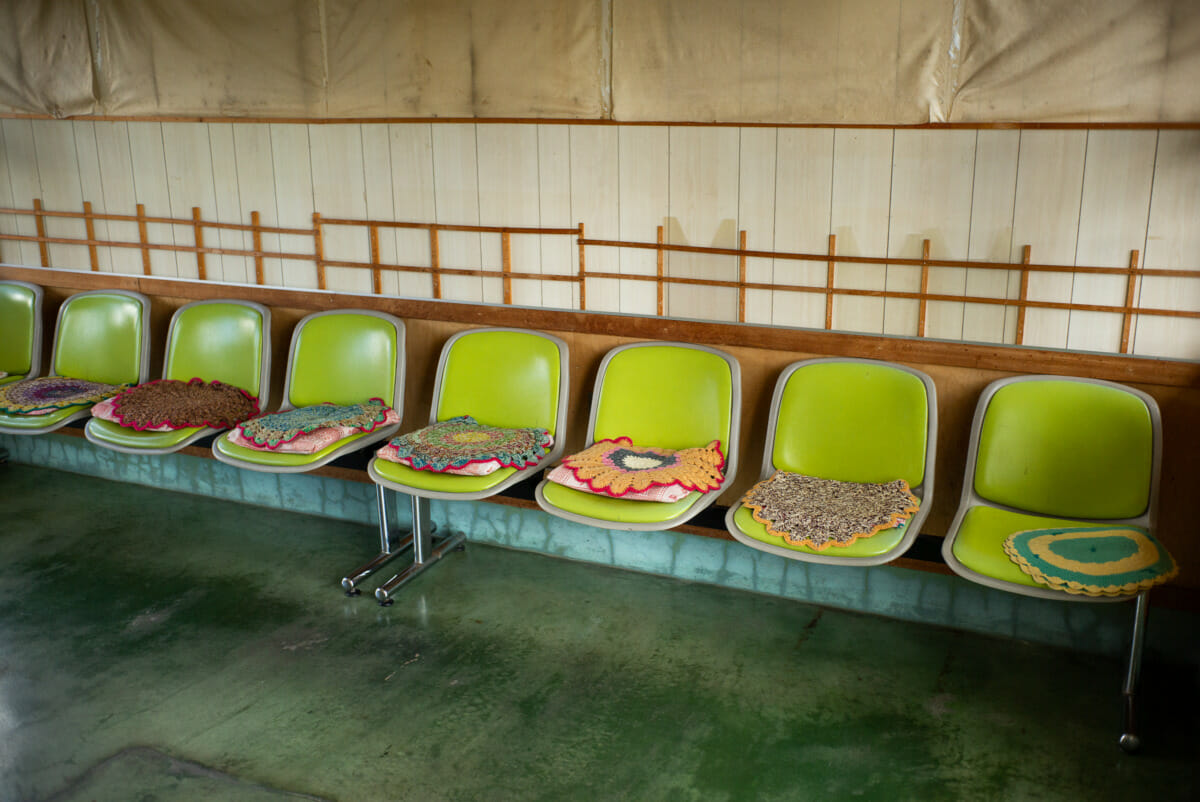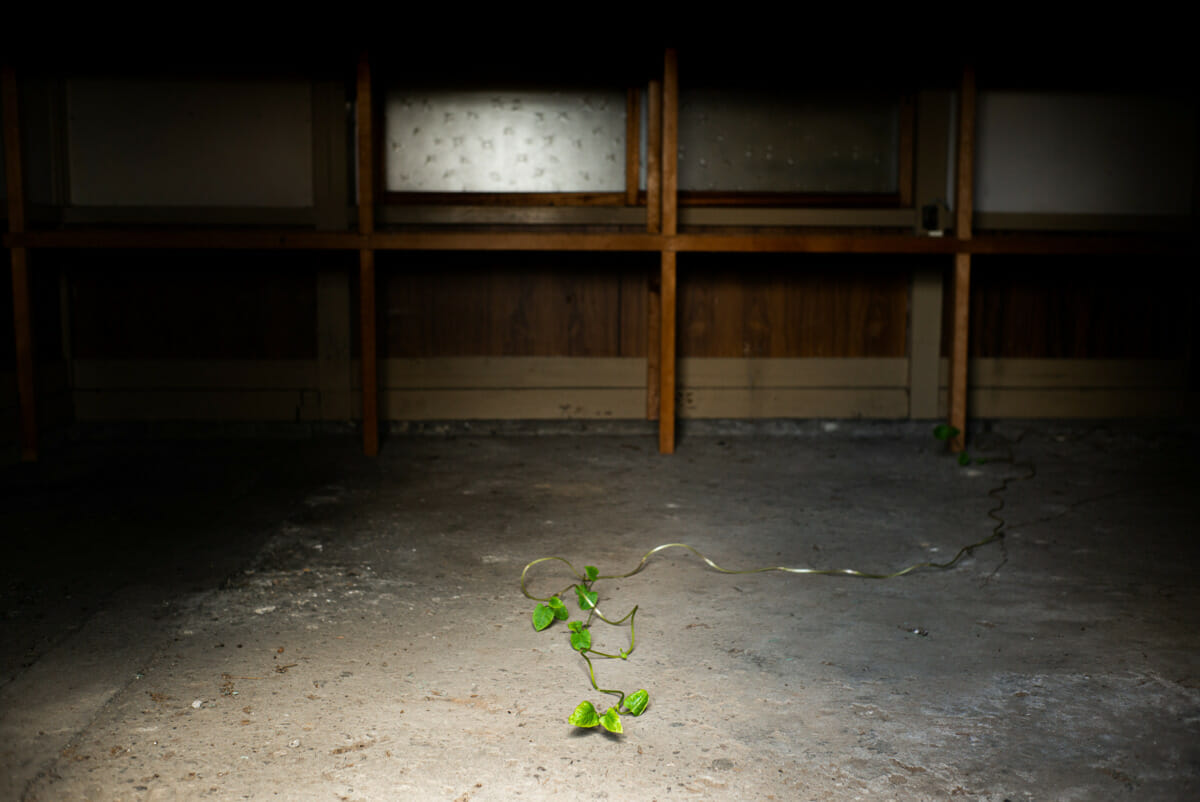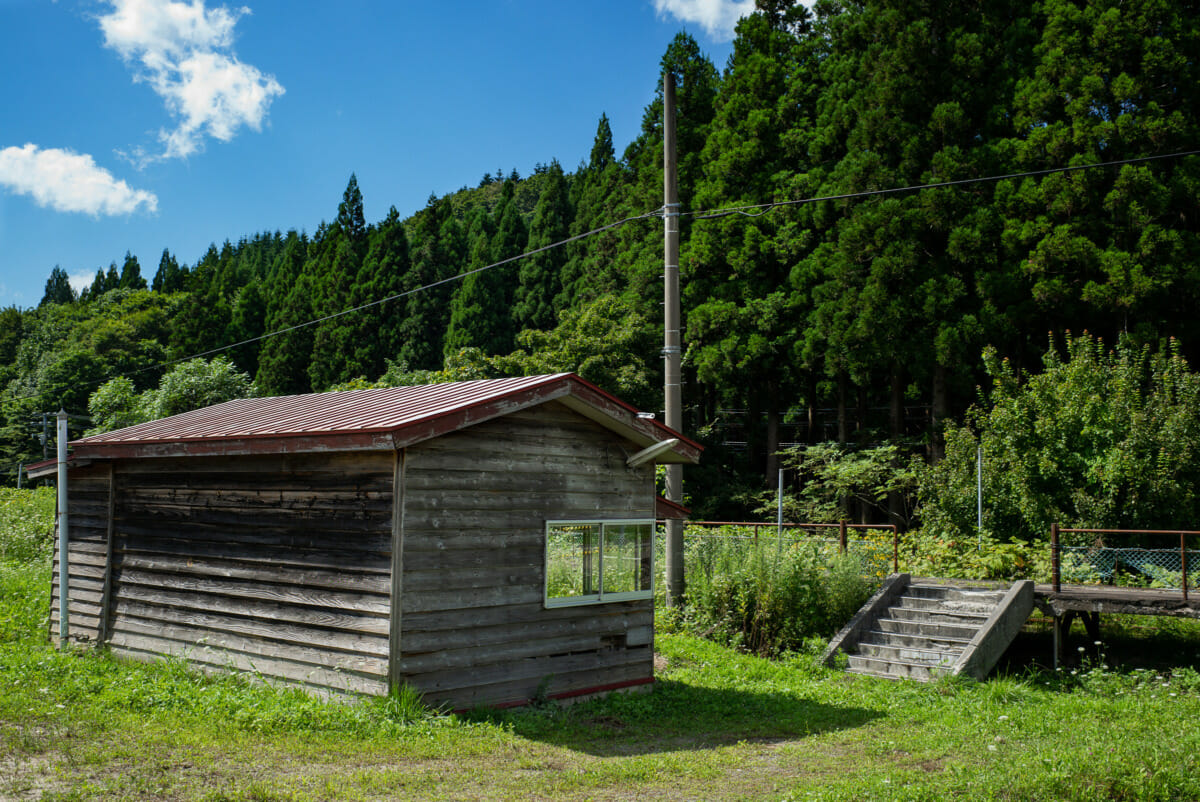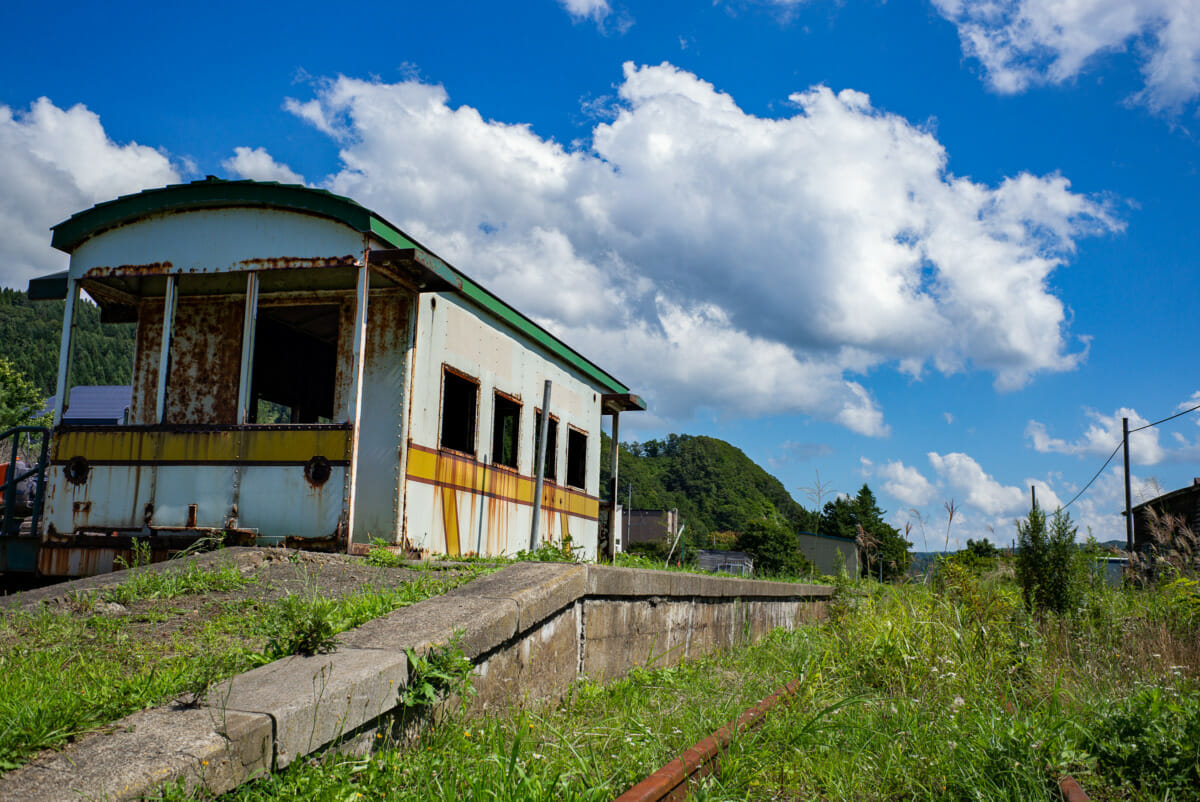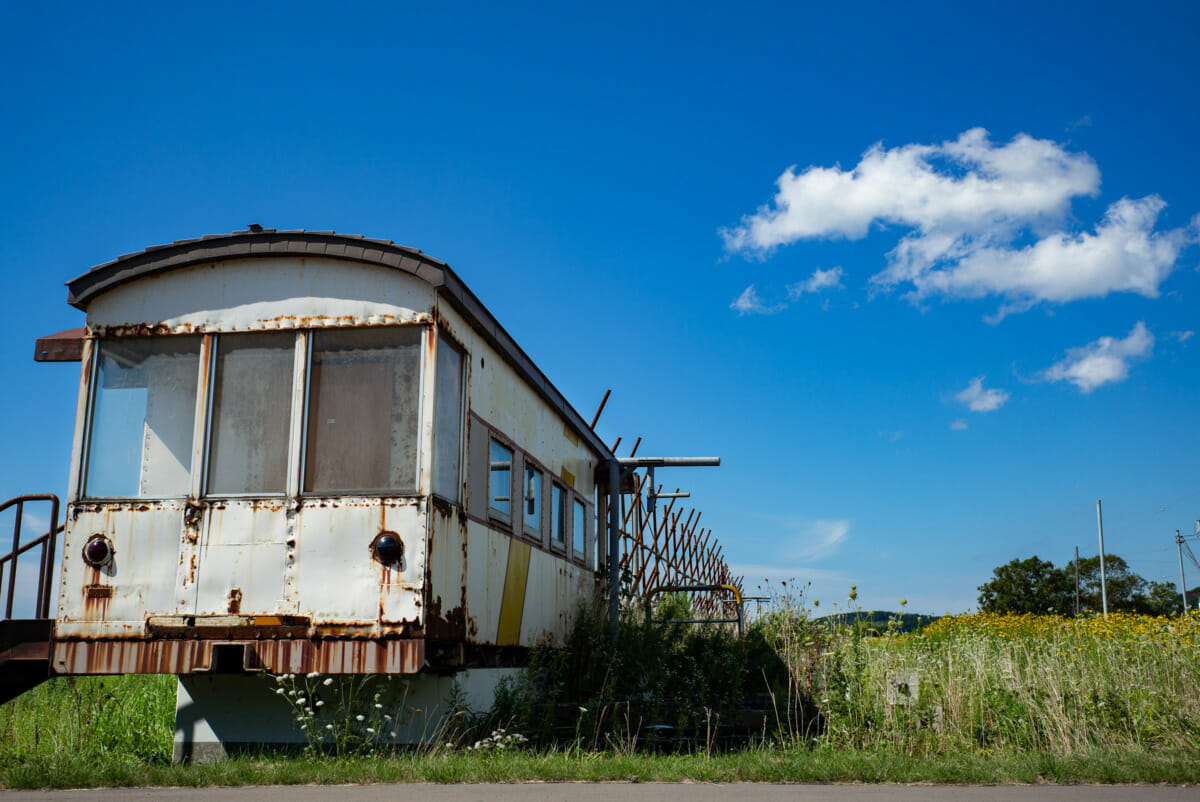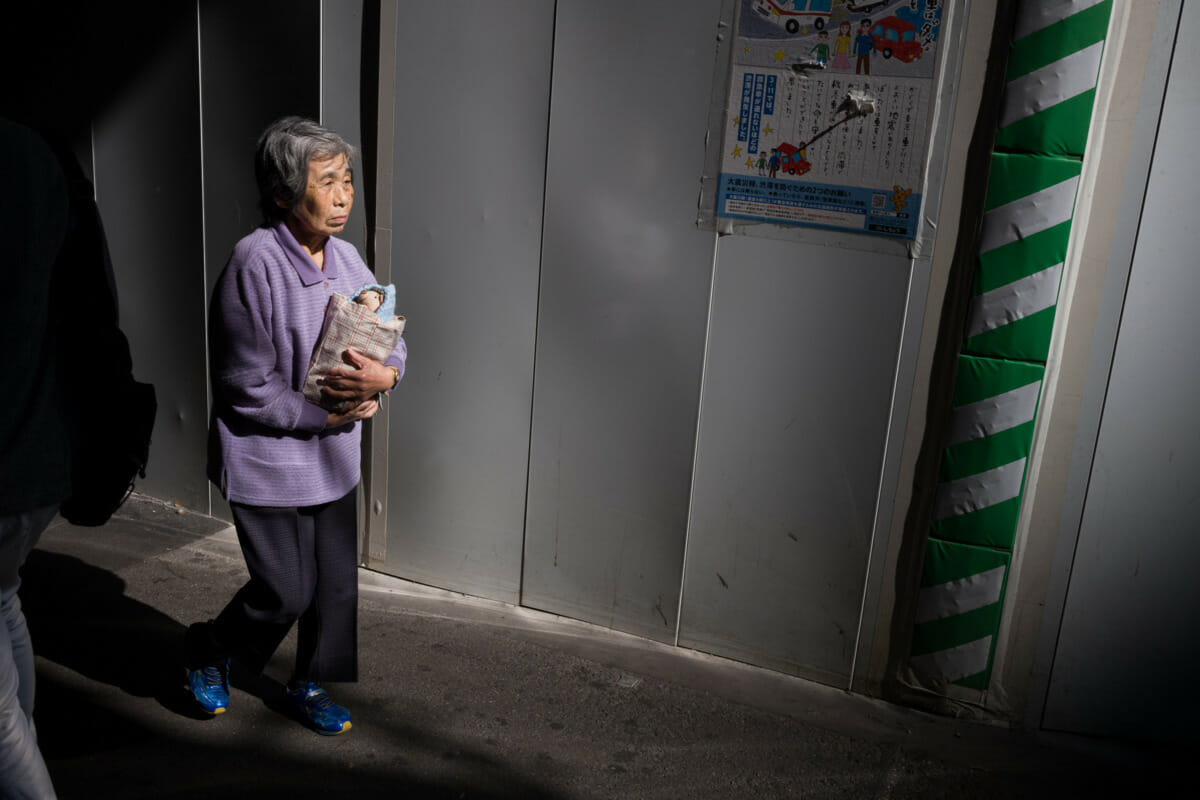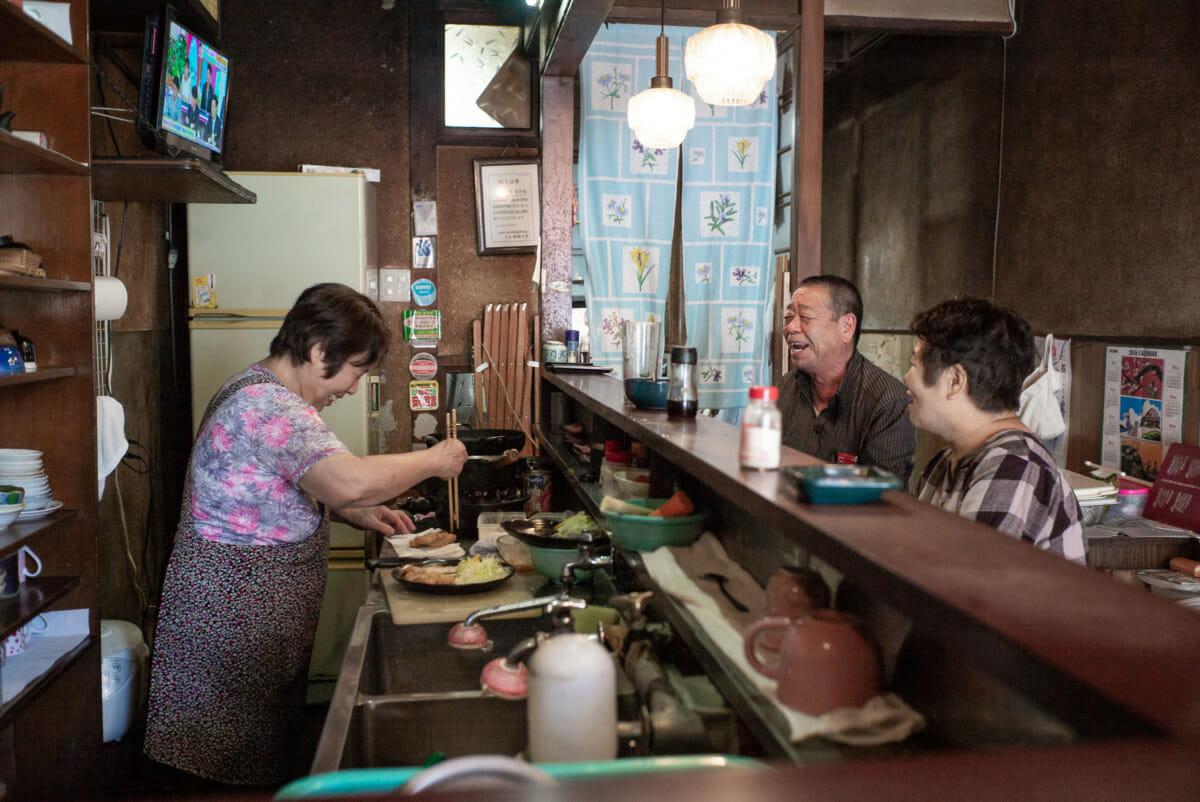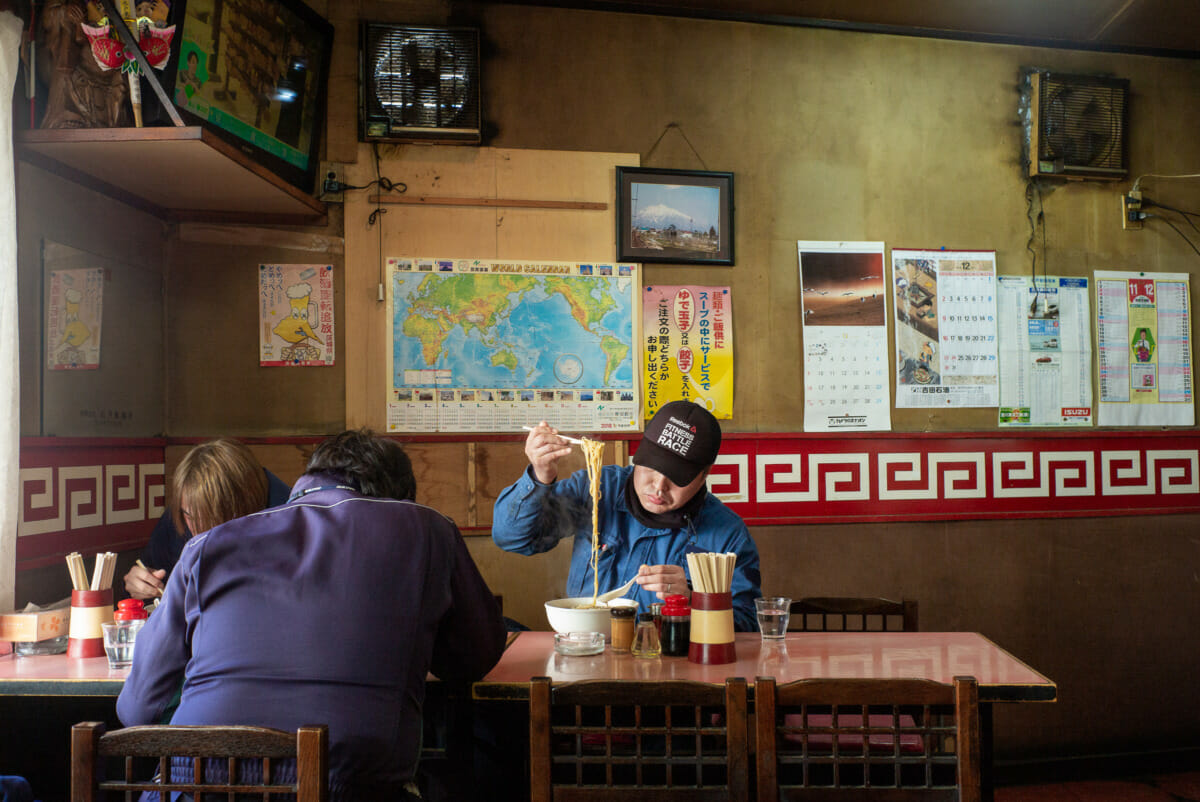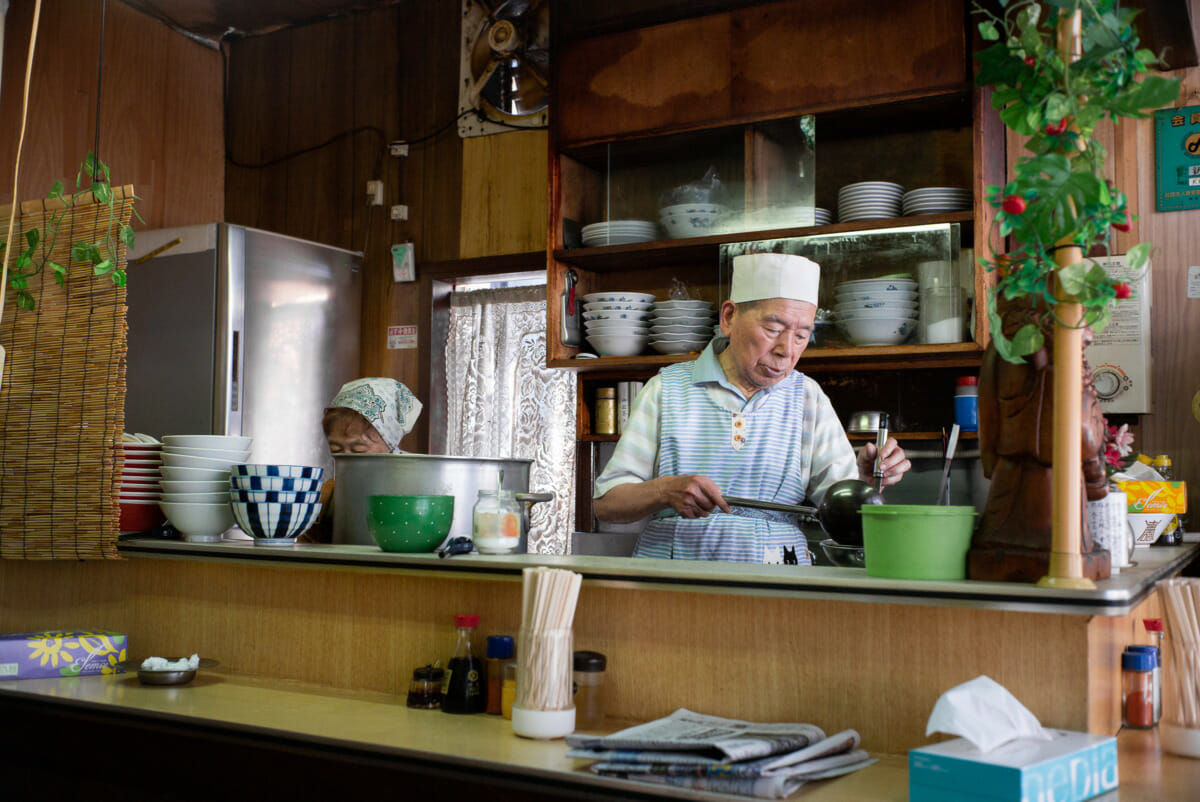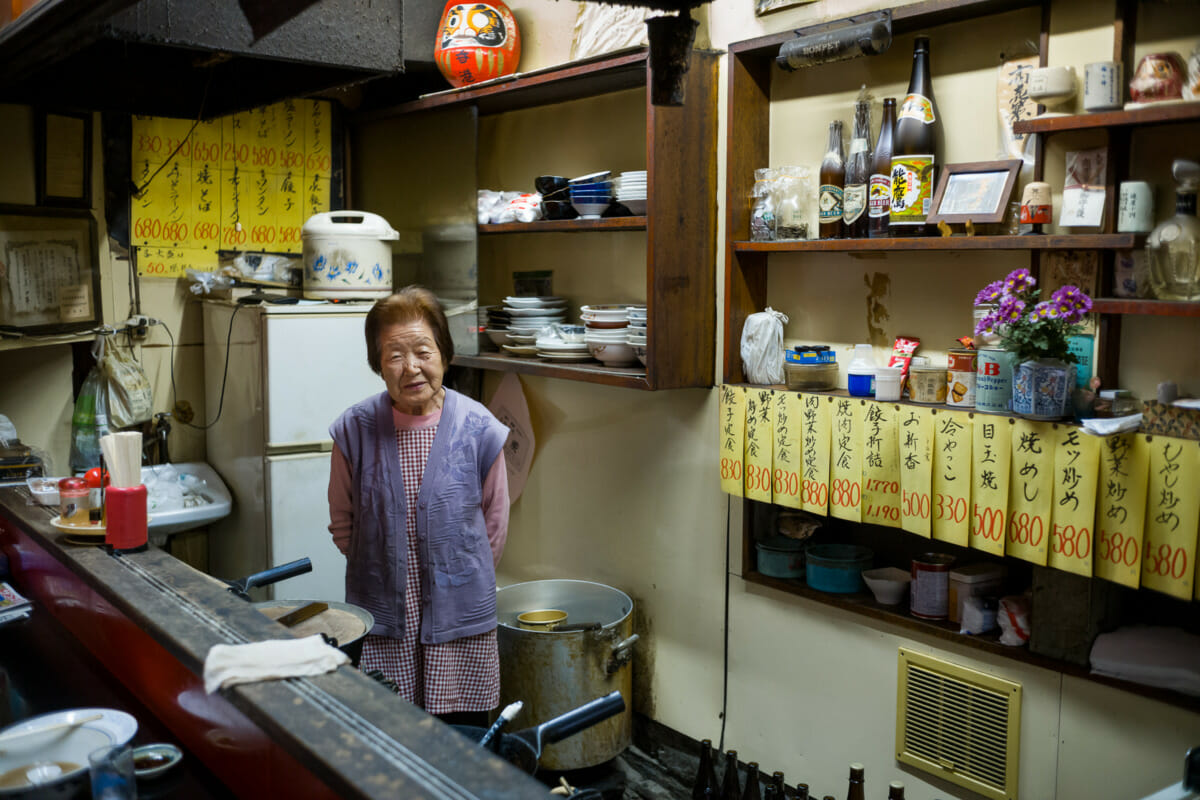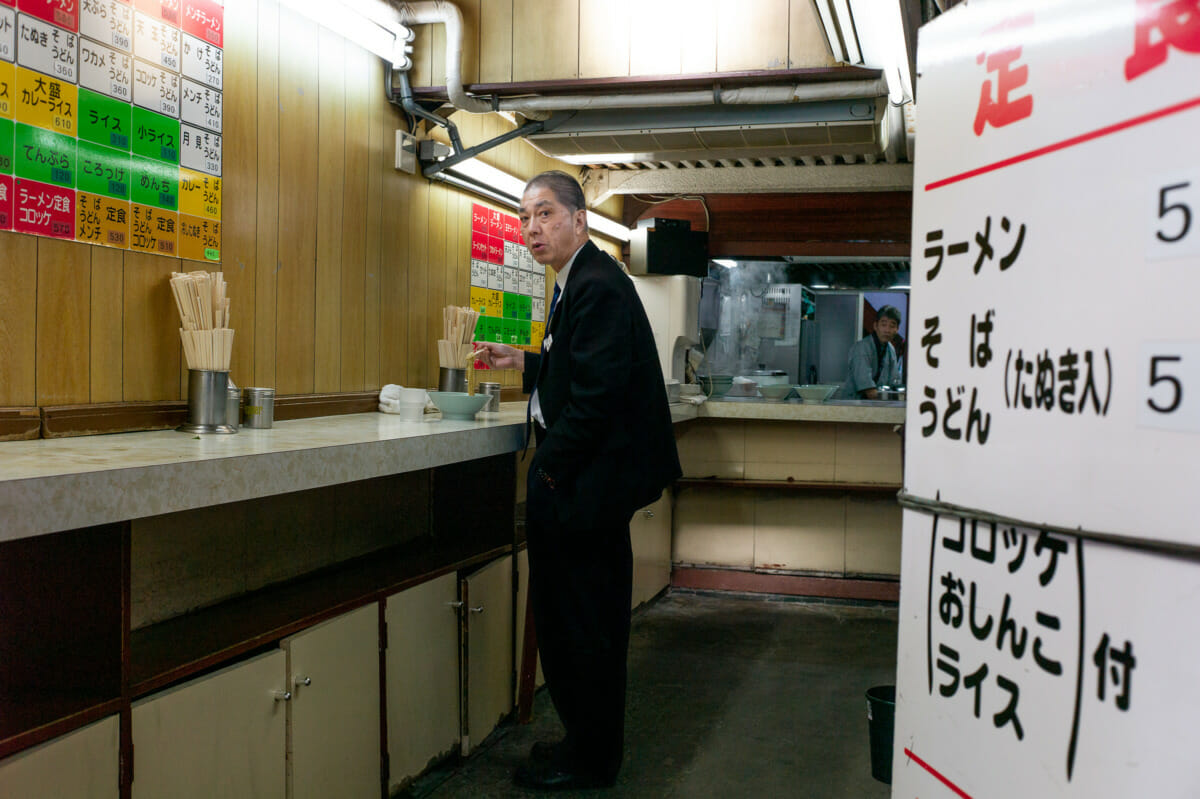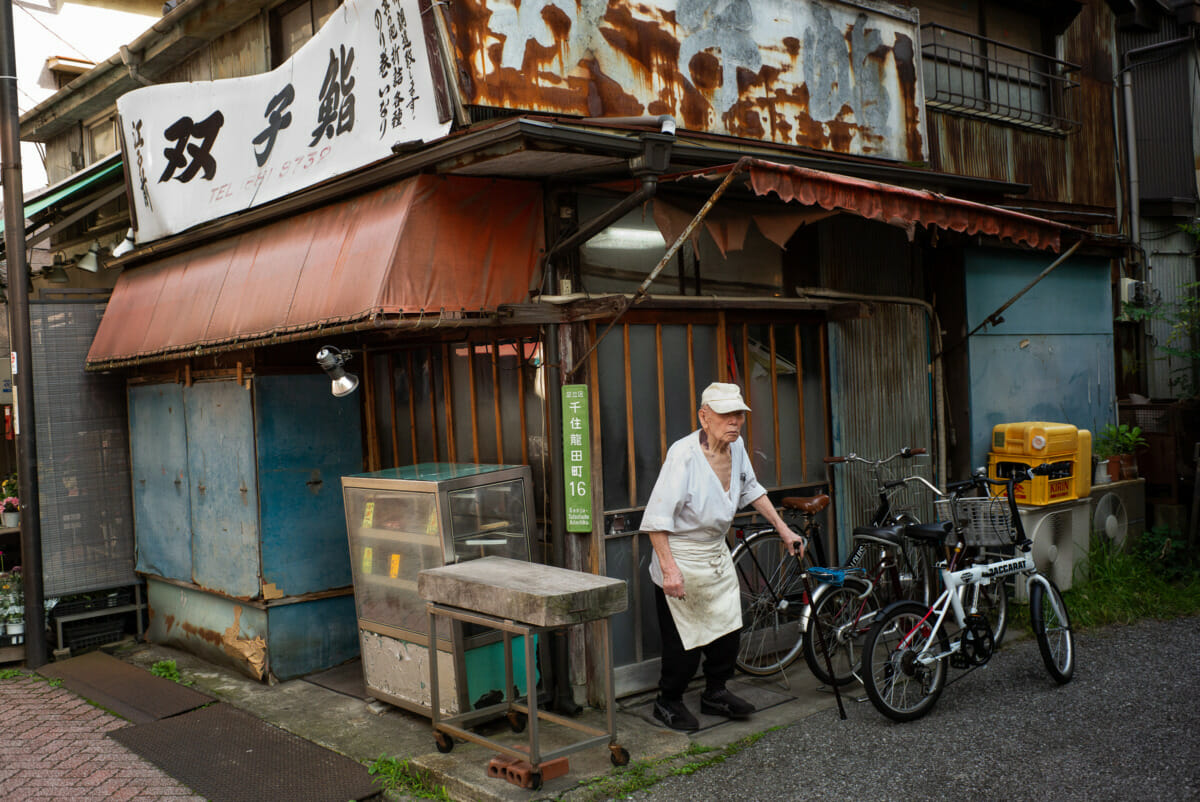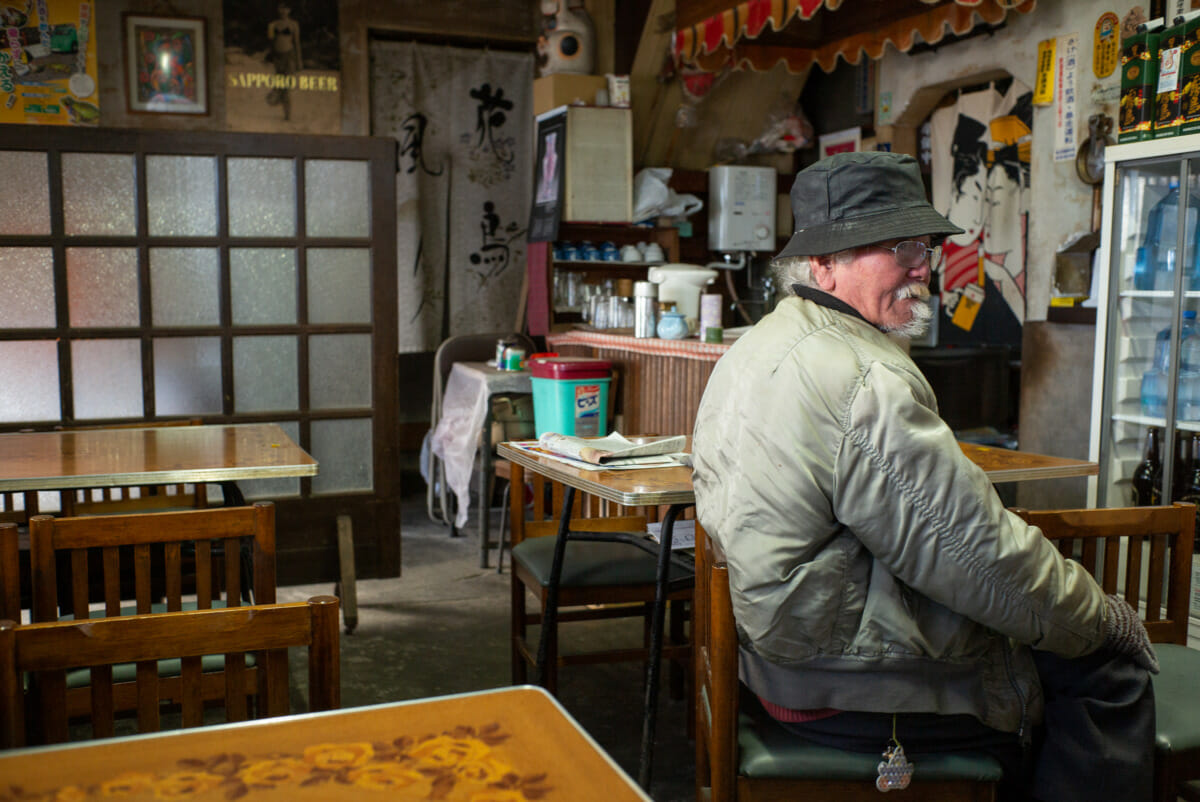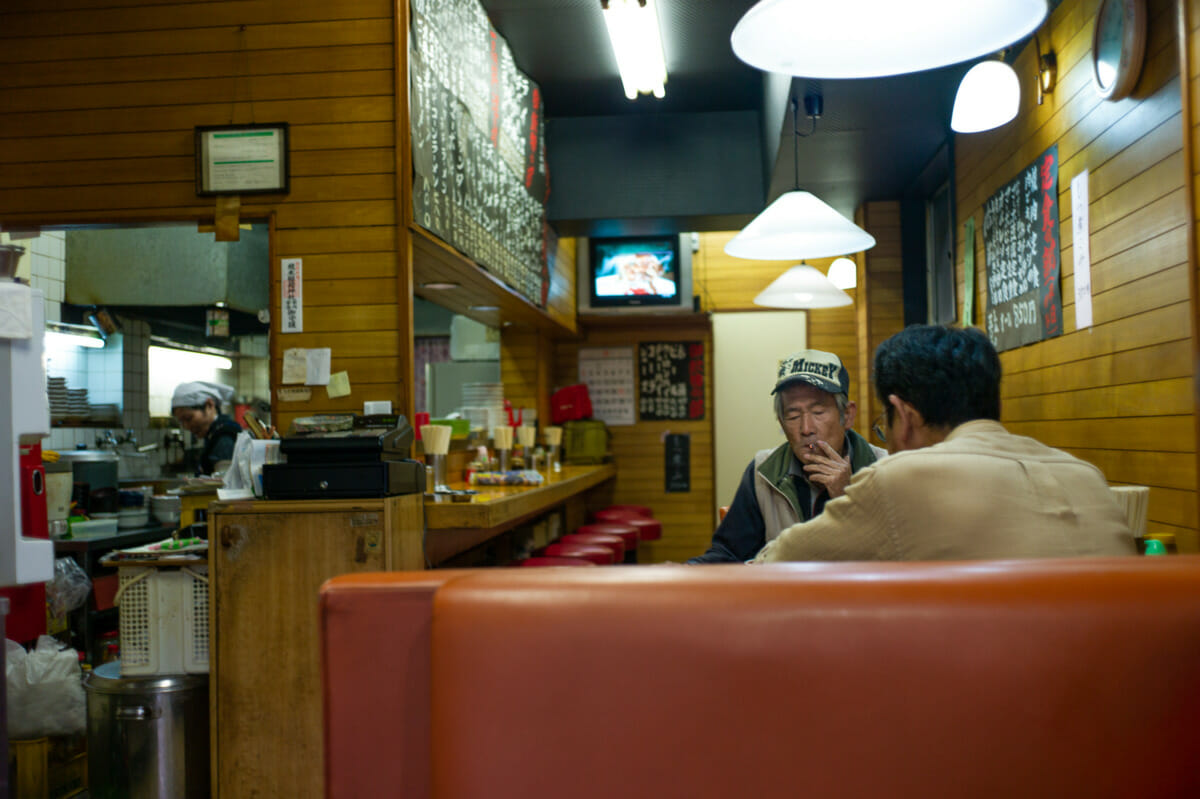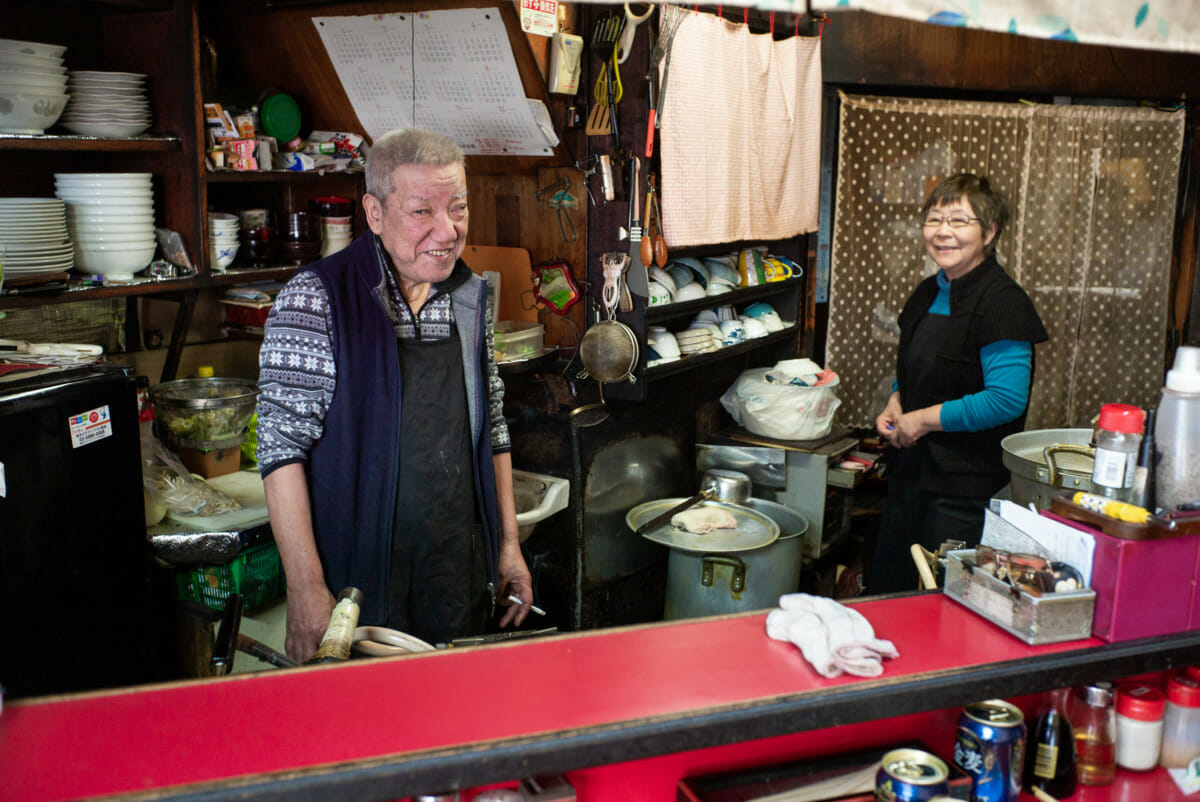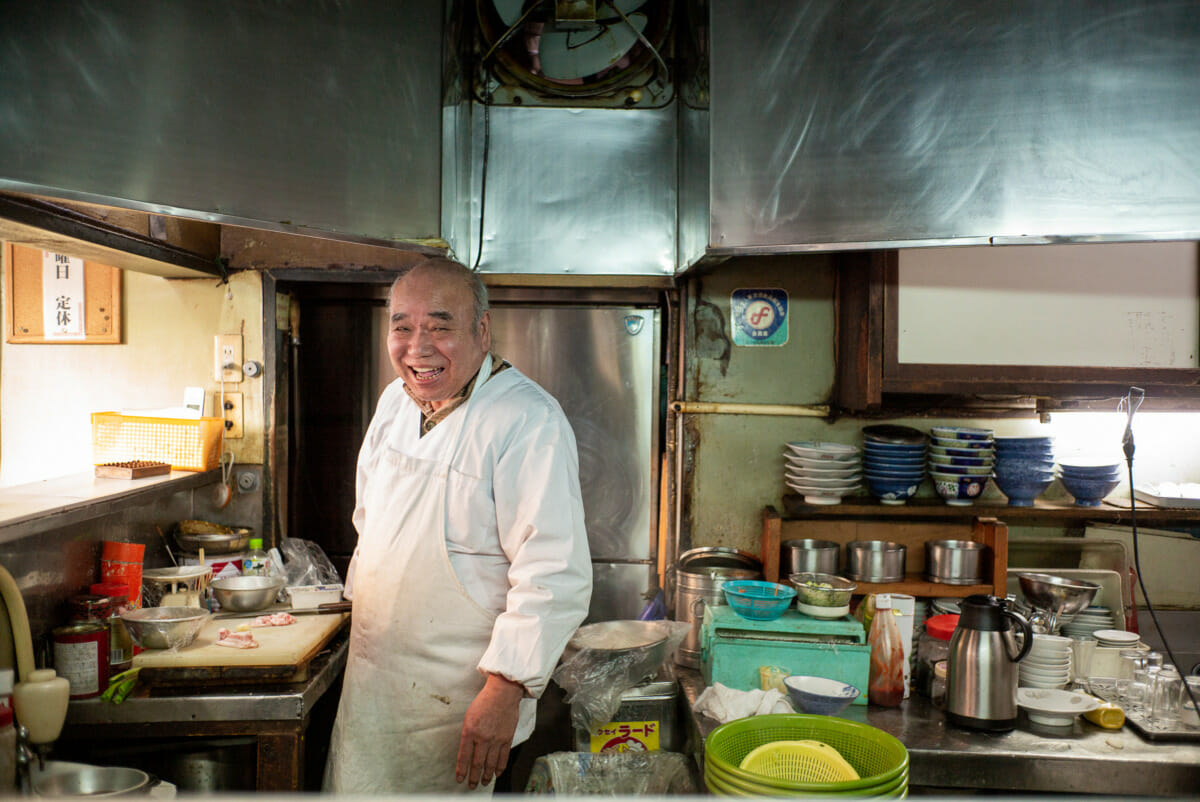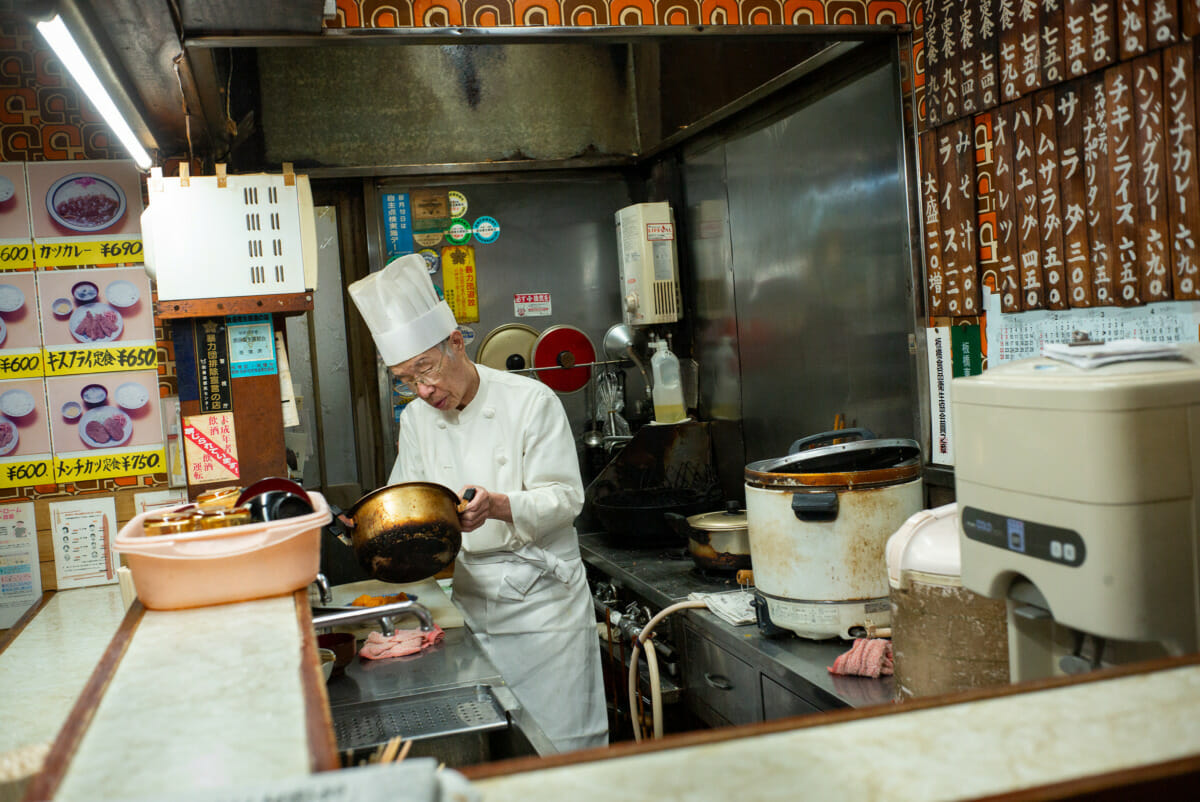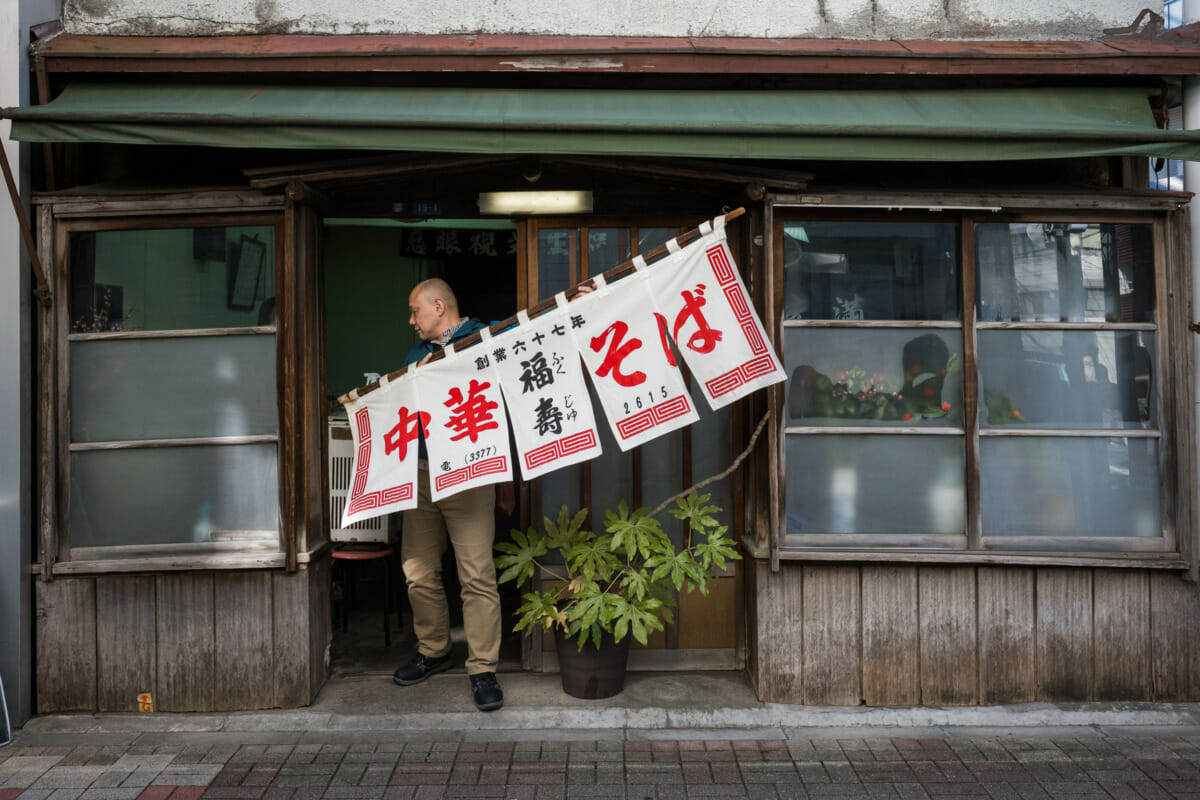An atmospheric old Japanese tourist spot in the fog
Back in September of last year I posted a very similar series of photos, but they were all in black and white as it’s how I envisaged the results when shooting. Thinking about the area recently, however, I decided to go back to the images and see what I thought of them in colour. Unsurprisingly they’re very similar, and yet at the same time they do feel quite different, so deciding which set I prefer is proving extremely difficult. Not that it matters in the slightest I suppose. It’s all incredibly subjective, and moods change, meaning both seem legitimately better, or indeed worse, depending on the day. So whether better or worse, here they are again, along with some extras.
For a bit of background information, it’s one of Japan’s many faded little lakeside tourist spots, but in the fog it took on a completely different look and feel. Before the weather changed, the area was already quiet, with just a few couples wandering about — each one looking around, seemingly unsure of where on earth they had driven to, and why they had done so in the first place. When the surroundings began to rapidly disappear from view, however, so did those last visitors, meaning they missed out on an experience that was almost otherworldly. The dense fog turned the rather melancholy silence into something far more serene, plus what remained visible took on a completely new, and at times almost ethereal quality. A transformation that resulted in a genuine sense of wonder — something that maybe, just maybe, was felt back in the day when business was booming.
Tokyo black and red, back and forth
The abandoned stations of a disused Japanese train line
Some of these photos first appeared on Tokyo Times just over half a decade ago, but after recently returning to them, doing some re-edits, and putting the full set together, it seemed like a good idea to once again go back to that sunny day in 2016. It also felt like a decent time to display the full colours of a Hokkaido summer before the winter snow soon sets in.
Completed in 1936, the Esashi train line ran for a scenic 42kms. Stretching from coast to coast, it served small, inland villages, offering a service that for many must have once been nothing short of essential. Times change, however, and the combination of motorisation, better roads and a decreasing population, gradually left the route with an ever-dwindling number of passengers — a situation that meant by 2011, there were only 6 daily services. While presumably still relied upon by some, in strictly financial terms, it simply wasn’t viable anymore, and so on May 11th 2014, the last ever trains trundled along the tracks.
Fast-forward a little over 2 years after closure, and that’s when the photographs below were taken — the order they are in being their order along the line. Most of the track was still in place, and more importantly, so were a few of the unique and wonderfully quaint little stations. Several of them had already been destroyed or repurposed, and down to nothing but sheer good fortune, a demolition crew arrived at the shed-like waiting room in shots 8 and 9 just as we had finished photographing it. A decidedly ominous sign that the rest of the structures would slowly but surely suffer the same fate, and having not been back since, I can only assume that they have. These images then are a personal reminder of a lovely day in the sun, and somewhat unexpectedly, a document of what very likely doesn’t exist anymore.
A Tokyo story we will likely never ever know
We all contain stories and painful feelings that only those close to us will ever know. Even then it likely won’t be everything. Then there’s the person sat opposite on the train perhaps, or maybe someone at work — there’s always so much that we are utterly unaware of. Very often there’s little or no hint either, as publicly at least, the vast majority of us tend to keep a good deal inside. The lady below, however, seemed different. It was her expression that initially caught my eye, but then I saw what she was carrying. Something she held so carefully and so close. A very visible story, and yet even then it’s one we will almost certainly never know. Instead, it’s one we can only speculate on, and at the same time hope that despite it all she’s doing okay.
Old school Japanese restaurants documented over the years
On the whole, I’ve always found bars more interesting to shoot in than restaurants. In most cases it tends to be quite a bit easier too. There’s the atmosphere for starters, plus the simple act of spending longer in a place makes it possible to feel fully at home. Being a very visible foreigner, and a far from common type of customer, it gives everyone else the chance to get similarly comfortable as well, meaning there’s generally little or no concern when the camera does eventually come out. Staying for an extended period of time also offers more in the way of conversation, and the opportunity, on some occasions, to hear about the sometimes very long lives of those behind the bar.
Of course none of that means old school restaurants don’t have any charm, because they most certainly do — they are just a bit harder for me to photograph in that’s all. Now and again though I do manage to get a few shots away, and below is a selection of those efforts from over the years. Several of them have appeared on Tokyo Times before, but these are re-edits, and location-wise they are a mix of Tokyo and beyond. I should also add that some of them are long gone, but thankfully a good few are still serving up the same delicious food with no changes to the dishes or decor whatsoever.
